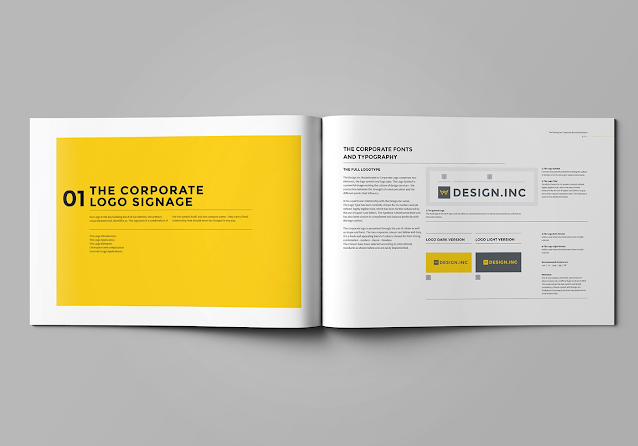A Guide to Creating Amazing Brand Manual Designs
Any company's brand handbook or brand style guide is among its most crucial brand assets. Consistency in the brand message is essential to a brand's development and success. And a brand handbook or brand guide serves as the means through which this uniformity is guaranteed.
The natural tendency when developing a brand's identity is to merely concentrate on the logo design or main brand mark, begin utilizing it as soon as it is finished, and then go on to additional tasks like developing marketing materials or websites.
Essential Component of the Brand Style Guide
Here are some of the most common essential components of the brand style guide. Usually, these are mainly performed by the graphic designers of the company. In case of the formation of new companies the organization usually tend to take help from graphic design agencies or prefers to go with subscription-based design services.
Table of Content and Cover Page
The context, tone of voice, and story must be established for every brand handbook or style guide, and this may be done on the front page, table of contents, and introductory section.
Start on the inner page with a sizable and lovely presentation of the major logo design. It would be beneficial to utilize a variation of the logo that would stand out against a backdrop made of the main color.
Context and Introduction
This would be the appropriate time to discuss your brand narrative if you have one. All of the team members and stakeholders of your business will relate to the brand narrative when it is new and the inspiration level is high. However, the influence of the brand narrative tends to diminish with time.
A smart location to become familiarized with your brand history and context is in your brand handbook.
Primary logo design specification
You set out the foundations of your main logo design in this stage. If you have a secondary brand mark, a separate component must be made.
This part of your brand style guide serves the dual purpose of listing your logo's technical requirements while also providing useful recommendations.
Tints and Color Palette
Any brand handbook or brand style guide must have a section that illustrates the color palette to preserve brand consistency. One of the most crucial elements of every successful brand or business is the color palette. Any superbrand you examine will show that they often "own" a certain hue. The secret to having a color that generates the proper type of brand memory is choosing the correct hue and then using that color consistently in all of their branding activities. Learn more about how to successfully own a hue for your brand.
Type Hierarchy and Typography
The importance of typography must not be underestimated when creating logos. The usage of letters and words is the best approach to convey messages if the purpose of a logo is to do so. The ideal font style should be used for the design process since logos are purely aesthetic objects. Learn more about the importance of typography in the creation of logos.



Comments
Post a Comment